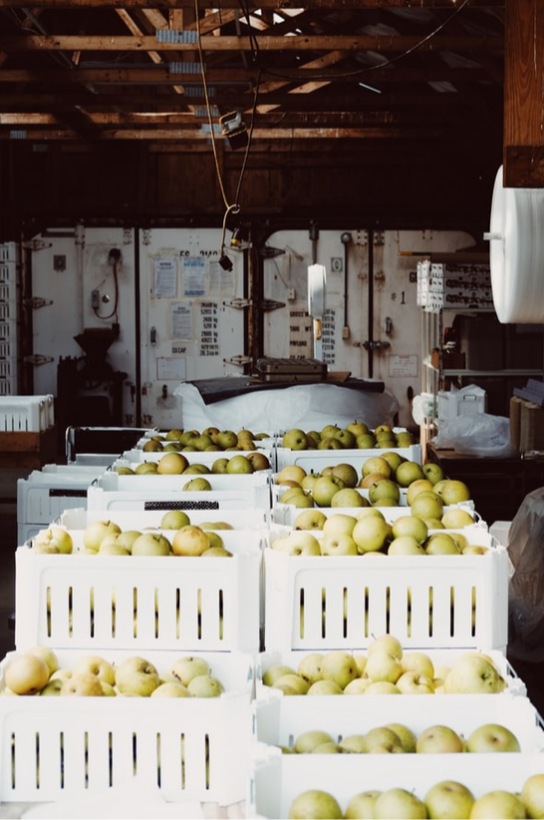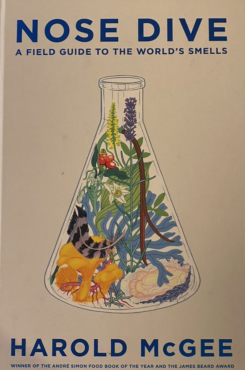Crunch time: a look at cider
Published 1 June 2019

Cider expert Felix Nash talks us through finding the best cider
“Good cider is a much greater rarity than good wine” – J.M. Trowbridge, New York, 1890.
This is also very true today, and it’s fascinating how perennial the question of what defines good cider seems to be. Mr Trowbridge went on to give a definition of quality cider including such things as: “It should be fragrant, it should be tart, and by no means sharp or harsh” and “It should have a pleasant fruity flavor, with aromatic and vinous blending, as if the fruit had been packed in flowers and spices.”
Here I think of the past eras when cider was a different thing than it is today, when Champagne ciders were the norm or cider flutes the chosen glass of the fellows of the Royal Society; now a little known corner of history.
So what do I look for in seeking quality cider today?
Let’s start with the skill of the maker. Skill takes humility, a desire to ask what can be done better and how. All of the best cider makers are both proud and humble, which gives aspiration to what they do. It’s a hard thing to assess, particularly at a glance of a drinks list or shelf. But this aspiration takes the maker deep into the key questions that confront them, knowledge about which are all the more key for minimal intervention makers, as they are really their only tools: apple variety, container, time and style/method.
Centuries of understanding, accidental discoveries, and interactions with (at times ahead of) wine, form the basis to all that cider can be.
You have more than 7,000 apple varieties in the world, all of which can be traced back by DNA (except crab apples) to one ancestor, an apple variety from the apple forests of the Tien Shen mountains in Kazakstan. Historically there have been more than 360 named cider apple varieties in Britain, and 500- plus in France, so even which apples to use is a huge choice in itself.
As one of the most important things to understand about cider is that it is not just one thing, to most it perhaps is: sweet, sparkling, cold and poured into a pint glass. To know what is good means understanding what is bad: to be called cider in Britain today a drink needs only be made from 35 per cent apple juice; this can be from any apples, and can even be from concentrate. But at its highest potential, cider is a thing of many styles, just as wine is, and it is made in much the same manner as a pure articulation of the fruit.
Some would say only cider apples will do, and indeed they are varieties of apple that have been discovered and bred for specific properties, such as high sugars and tannins. But let’s not be beholden entirely to such a title, and simply assume its etymology to be correct. Instead what I look for is a cider with a character of its own, crafted by a maker who really understands the nature of their fruit, and listen to its seasonal variations: be it high acid, low acid, tannic, etc. They must then respond to this nature, to avoid faults and tweak what they do according to the vagaries of the seasons. Because just as you can make good cider from apples that are not traditional cider apples (it is very, very rare), so too can you make bland and dull cider from cider apples, as many makers do.
A key concept you come to know about cider, by taste as much as anything, is that the very same apple variety will grow differently in different parts of the country; we all know how specific the regions of wine are, in cider these localities are only really just starting to be defined. This sense of terroir sees Somerset tending to produce mellower ciders than the tannic qualities of Herefordshire, and a huge divide between the apples of the East and West coasts of our little island. Soil types such as the red clay soils of parts of Herefordshire, and localised weather variations such rain shadows combine with each seasons weather to give variation to every area and vintage.
The pressing of the apples to get juice is pretty immaterial. There are many machines to do so, old and new inventions, and indeed it’s interesting to remember that it is a lot harder to press an apple than a grape: an apple must be ground up first, grapes can be pressed simply by foot. But really, you are just juicing.
What you choose to do with the juice after it has been freed from its cellular embrace is, however, is of huge importance. Do you go with stainless steel tanks, or with oak barrels? If you go with oak barrels usually they will be second hand, formerly used for whisky, rum, or wine. Each will be different, in shape, size, and what it held, and no two will be the same. The barrels will be populated by microflora, a unique community, that can live to depths of around a centimetre in the wood, beyond the reach of cleaning.
Next comes the fermentation
Here the finest ciders have a natural proximity to natural wine, as allowing wild yeasts to ferment the cider inherently can provide more complexity and more flavour. Think of them as a broad ecosystem, different characters doing different things, rather than the hegemony of a cultured yeast which will be laboratory bred, vigorous as though on steroids, but lacking such diversity of effects.
The great cider maker Tom Oliver often raises his fist in the air while giving a talk, and says “there are a million yeasts in my fist”, such are the abundance of wild yeasts. Many hundreds of thousands can be found in the apple itself, on the skin and in the flesh, but it is reckoned around 95 per cent of the wild yeasts in a fermentation will simply be ambient, from the surroundings.
Working with wild yeasts is often a clear sign of the skill of the maker, as working this way inherently holds risk. You give over control for the promise of more, of letting nature do its thing, but nature can be cruel as well as kind. It is a process of stewardship, trying to understand what is happening and doing all you can to help things along in the way you wish.
Lyle’s in Shoreditch created a cider list based upon this diversity. As Lyle’s drinks expert Nominoe Guillebot puts it, “they are all from different terroirs, different areas of England, different process of making”. And with such an understanding and interaction with wild yeasts as Tom Oliver employs, the results are unique. “Oliver’s cider are always special… It is this constant research and experimentation that make his cider so special. They are like nothing else. That is what we are looking for at Lyle’s.”
In the world of mass market cider, a fermentation can be forced to occur in as little as a few weeks.
Contrast that to many of the cider makers we work with, whose fermentations will be long and slow – across the entirety of winter at the very least, but often continuing through to a secondary malolactic fermentation and then being matured for a few years before it is released. For example, we currently hold a 2011 season bottle on our list, and are soon at have a 2003 available. In the 18th century it was reckoned cider should be seven years old, by the 19th century this had broadened to 20 or 30 years.
So too can style/method be just a signal of the aspiration of the maker: the more complex the method, the greater the difficulty in getting it right. But equally, go for the beautiful simplicity of a still cider, and any flaws will not be hidden by bubbles and the likes. Opt for the Champagne Method – a technique developed following the invention of Verre Anglais bottle glass in Herefordshire in the early 1600’s (the first bottle glass strong enough to take a secondary fermentation) – and your creation will be judged relative to veneration of Champagne more than the mass market of cider.
Avoiding the appeal of preservation methods such as pasteurisation, sulphites or sterile filtration is a harder task in cider than in wine, as cider is almost always lower in alcohol, yet this is both a wonderful sign of the skill (or at least aspiration) of the maker, and will tend to yield a fuller and purer expression of the fruit.
Combined these options are a chess match of choices, millions of variations, with no two paths the same. So in the process of making a cider in such a manner, the chess player will inherently develop a unique style of their own, and a route they have chosen to go down. Facing up to this complexity, not taking the easy mass-market route of control and constraint, is the beginning of a good maker.
This complexity, combined with the revelatory experiences I have been lucky to drink in the past few years, makes me dream of the coming years in this emerging world of fine cider. You have a world of provenance, of skill and history, combined with myriad of possibilities not yet defined.
My favourite epithet for cider comes from its 17th and 18th century heyday, the era of the cider flutes I mentioned earlier. It says that cider is “England’s Native Wine”. I like wine, I mean I prefer cider, obviously, but wine has a lot going for it, so it’s not a bad thought to end on.
This article was first published in Issue 16 of CODE Quarterly




